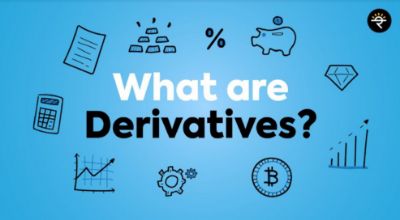A credit default swap (CDS) is a financial contract between two parties in which one party (the protection buyer) pays a periodic fee to the other party (the protection seller) in exchange for protection against the risk of default by a third party (the reference entity) on a particular debt obligation. In simpler terms, a CDS is a type of insurance policy on a particular bond or loan.
If a credit event (such as default, bankruptcy, or restructuring) occurs with respect to the reference entity, the protection buyer receives a payout from the protection seller to compensate for the loss. The payout is usually the difference between the face value of the debt obligation and its market value after the credit event.
Let us understand CDS with an example
Suppose that Company XYZ issues $1 billion in corporate bonds with a maturity of 10 years. Investor A purchases $10 million of these bonds.
However, Investor A is concerned about the possibility of Company XYZ defaulting on its bond payments, which would result in the loss of its investment. To protect themselves against this risk, Investor A decides to enter into a credit default swap with Bank B.
Under the terms of the CDS, Investor A pays Bank B a periodic fee (say, 2% per year) for the duration of the bond term, in exchange for Bank B agreeing to compensate them if Company XYZ defaults on the bonds. Bank B becomes the protection seller, while Investor A becomes the protection buyer.
Now, let's say that five years into the bond term, Company XYZ experiences financial difficulties and misses a bond payment. This is considered a credit event, and Investor A can now make a claim on the CDS with Bank B.
Bank B will then pay Investor A an amount equal to the loss incurred from the bond default. For example, if the value of the bonds drops to $8 million due to the default, Bank B will pay Investor A $2 million (the difference between the original $10 million investment and the current $8 million market value of the bonds).
In this way, Investor A has effectively transferred the risk of default to Bank B in exchange for a periodic fee. Bank B, on the other hand, earns income from assuming the risk of default and can use the fee to offset any potential losses.
Recently the price of Credit Suisse’s one-year credit default swaps surged which means the premium for securing these bonds is rising. Generally, CDS are high for risky bonds, and as the price of Credit Suisse’s one-year credit default swaps is rising so are the bonds risky? Is there a risk of default and if yes what would be the impact on India if such an event occurs? These are some of the important questions associated with the rising CDS of Credit Suisse and to know the answers to all such questions do checkout the below YouTube video on my channel
































